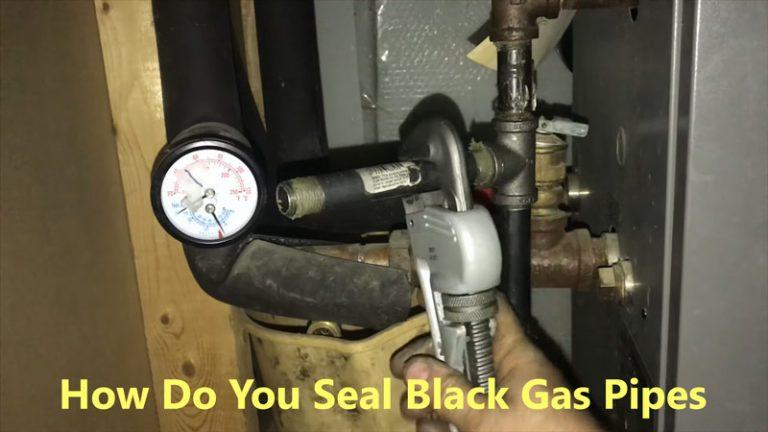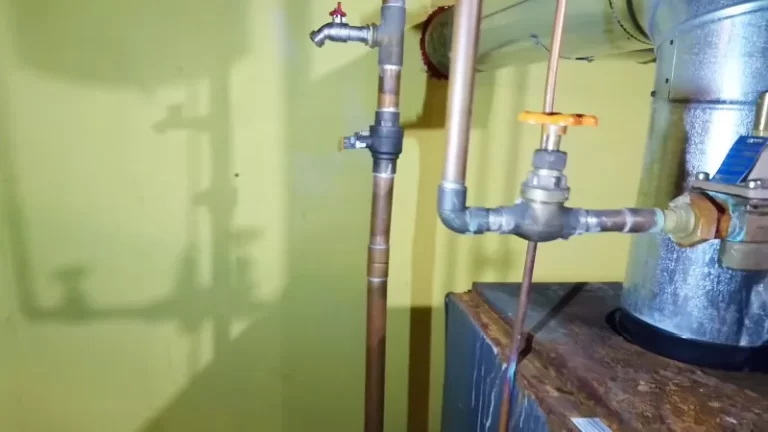Sears Service Call Costs Revealed: Don’t Get Blindsided!
Your refrigerator has stopped cooling, and panic sets in. A mountain of groceries is at risk, and you need a fix, fast. Many homeowners in this situation immediately think of calling a trusted name like Sears, but a pressing question follows: how much does Sears charge for a service call?
The fear of an unknown, potentially massive bill can be more stressful than the broken appliance itself. You need a clear, upfront understanding of the costs involved before you even pick up the phone. This guide breaks down every aspect of a Sears Home Services bill to eliminate surprises and empower you to make the best financial decision for your home.
You'll Learn About
The Core Question: What’s the Real Cost of a Sears Service Call?
When you schedule a repair, you aren’t just paying for the fix itself. The initial charge from Sears, and most appliance repair companies, is a diagnostic fee or “trip charge.” This is a standard industry practice.

Deconstructing the Diagnostic Fee
Think of the diagnostic fee as the cost for a trained professional to travel to your home, use their expertise to identify the problem, and provide you with a detailed repair estimate. Sears Home Services typically charges a diagnostic fee ranging from $90 to $150. The exact amount can depend on your location and the type of appliance.
This fee covers the technician’s time and travel expenses. The good news is that this is not always an extra cost. If you decide to proceed with the recommended repair, Sears will often waive the diagnostic fee, rolling it into the total cost of the repair.
However, if you decline the repair after the diagnosis—perhaps deciding it’s more cost-effective to replace the appliance—you are only responsible for paying this initial diagnostic fee.
Beyond the Diagnostic: Total Repair Costs
Once the problem is diagnosed, you’ll receive a full estimate for the repair. This is where the cost can vary significantly. Generally, a complete Sears appliance repair can range from $150 to over $500.
This total cost is a combination of the parts needed for the repair and the labor involved. It’s crucial to get this full estimate in writing before any work begins. This ensures transparency and prevents unexpected charges on your final bill.
Key Factors That Influence Your Final Bill
No two appliance repairs are the same. Several critical factors will determine the final price you pay to get your household running smoothly again. Understanding these variables will help you anticipate the potential cost.
The Type of Appliance Matters
It stands to reason that fixing a complex, high-tech refrigerator will cost more than a simple garbage disposal repair. Appliances with more intricate components, electronics, and cooling systems naturally have higher repair costs. An HVAC system repair, for instance, will almost always be more expensive than a washing machine fix.
To give you a clearer picture, here is a breakdown of typical repair cost ranges for common household appliances.
| Appliance Type | Average Repair Cost Range | Common Issues |
|---|---|---|
| Refrigerator | $230 – $300 | Compressor failure, broken ice maker, cooling issues |
| Washer & Dryer | $200 – $265 | Drum not spinning, not heating, control board failure |
| Oven / Range / Stovetop | $190 – $320 | Faulty heating element, broken igniter, control panel issues |
| Dishwasher | $150 – $220 | Not draining, leaking, control malfunctions |
| HVAC System | $350 – $900+ | Capacitor replacement, fan motor issues, refrigerant leaks |
The Complexity of the Repair
Within each appliance category, the specific problem dictates the cost. A simple fix, like replacing a belt on a dryer, will be on the lower end of the price spectrum. It requires a relatively inexpensive part and less time for the technician to install.
Conversely, a major component failure, such as a refrigerator compressor or the electronic control board on a modern washing machine, will be significantly more expensive. These parts are costly, and the labor involved is more intensive and time-consuming.
Parts and Labor: The Two Pillars of Pricing
The final estimate is always broken down into two main components: parts and labor. Labor costs can range from $50 to $150 per hour, but Sears often uses a flat-rate pricing model for common repairs. This means you are quoted one price for the job, regardless of how long it takes the technician.
Parts costs can vary dramatically. A simple valve or hose might only be $20-$50. However, specialized parts like compressors or control boards can run from $100 to over $500, making them a major driver of the total repair cost.
Your Geographic Location
Operating costs, fuel prices, and technician wages differ across the country. Because of this, the diagnostic fee and overall labor rates for a Sears service call can be higher in major metropolitan areas compared to more rural locations. This regional pricing is standard across the home services industry.
The Customer Experience: What Are People *Really* Saying?
While Sears is a giant in the appliance repair industry, online forums and review sites reveal a mixed bag of customer experiences. Many customers praise the knowledge and professionalism of the technicians. They appreciate the convenience of a large, national company that can service almost any brand.
However, a recurring theme of frustration also emerges. Some customers report long waiting periods for appointments and parts. Others express concern over what they perceive as high markups on parts, discovering later that they could have purchased the same component online for much less.
Communication issues and scheduling difficulties are other common pain points mentioned. These are important factors to consider alongside the price when deciding if Sears Home Services is the right choice for your urgent repair needs.
Solutions and Strategies: How to Manage and Potentially Lower Your Sears Repair Costs
Being a savvy consumer can save you a significant amount of money and frustration. By taking a few proactive steps, you can ensure you’re getting fair value and the best possible service for your repair needs.
Know Before They Go: Ask Questions Upfront
When you schedule your appointment, don’t hesitate to ask for clarity on the costs. Confirm the diagnostic fee for your specific area and appliance. Inquire if there are any current promotions or discounts available that could lower your bill.
The more information you have before the technician arrives, the better prepared you’ll be to make a decision. This simple step can prevent misunderstandings later on.
The Power of a Sears Home Warranty
For homeowners looking for predictable budgeting, a Sears Home Warranty plan can be a valuable tool. These plans involve a monthly or annual fee that covers multiple appliances and systems in your home. When a covered item breaks, you pay a fixed, lower service call fee, typically between $75 and $100.
This can be a huge money-saver, especially if you have an older HVAC system or multiple aging appliances. It transforms a potentially large, unexpected repair bill into a manageable, planned expense. However, you must weigh the ongoing cost of the warranty against the likelihood of needing repairs.
DIY vs. Professional Repair: A Cost-Benefit Analysis
Not every appliance issue requires a professional. Sometimes, you might run into smaller, more manageable problems. For example, you might wonder why your duraflame log wont burn properly, which is a simple flue or airflow issue you could potentially diagnose yourself.
Similarly, understanding the basics of your appliances can help. If you’re dealing with a malfunctioning water heater and see an error code. Even with more complex systems, troubleshooting common genie garage door opener problems might reveal a dead battery in the remote or an obstructed sensor, saving you the cost of a service call.
However, for major electrical, mechanical, or gas-related repairs, always call a professional. The risk of injury or causing further damage far outweighs the potential savings of a DIY attempt.
Get a Clear Estimate
This is the most critical step in the process. Once the Sears technician has diagnosed the problem, they should provide you with a comprehensive, itemized estimate that details the cost of all parts and labor. Do not authorize any work until you have reviewed and approved this estimate.
This is your opportunity to ask questions. If a part seems unusually expensive, you can inquire about it. This transparency ensures you are in complete control of the financial commitment.
Making the Final Decision: Is a Sears Service Call Worth It?
Deciding whether to book that Sears appointment comes down to weighing the pros and cons. On the plus side, Sears offers a nationwide network of trained technicians who can work on virtually any brand, regardless of where you bought it. They offer a 90-day satisfaction guarantee on their repairs, providing a degree of security.
On the other hand, the costs can be higher than smaller, local repair shops, and the mixed customer service reviews suggest that experiences can vary. The potential for scheduling delays could be a significant issue if you’re dealing with an urgent problem, like a broken refrigerator or freezer.
Ultimately, the value of a Sears service call depends on your specific situation. For those who prioritize the security of a large, established company and the potential for warranty coverage, it can be an excellent choice. For those focused purely on the lowest possible price, it may be worthwhile to also get quotes from local, independent repair services.


